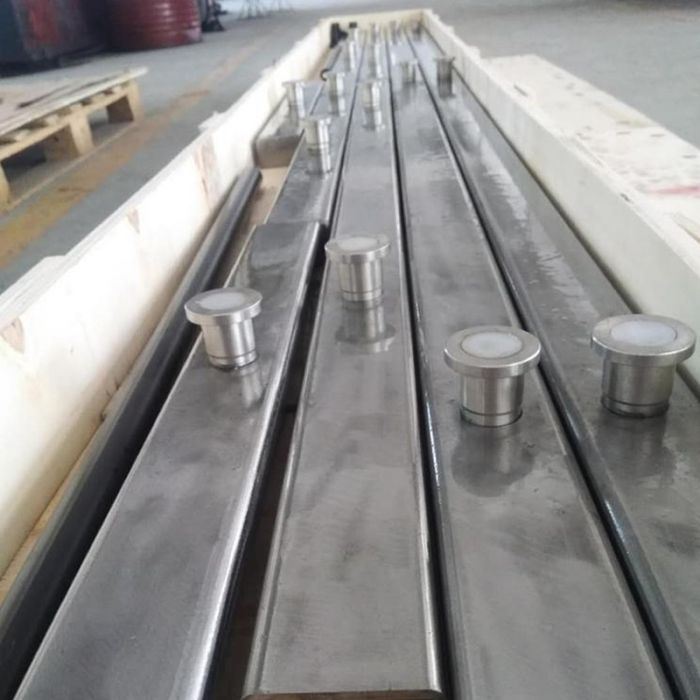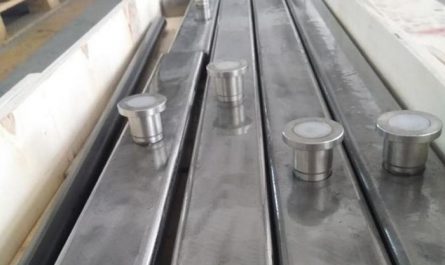Ancient Chinese architecture takes “room” as the basic unit, which is mainly composed of wooden columns, beams and doors and windows between columns.
China’s temples and palaces, whether small and exquisite buildings or magnificent halls, are all like this.
Therefore, it is not too much to say that Chinese architecture is a wooden structure.
However, although the main frame of each room is made of wood, many solid building components will be used for the filler in the substructure, building side facade and back facade frame connected with it, among which the tile of the roof is the most widely used.
So it seems that in Chinese architecture, the status of brick and wood is equal.
The more you pay attention to the ancillary parts of Chinese houses – the courtyard walls, doors, stairs and stone pavements between streets and houses, roof platforms, altar and exquisite decorations made of brick and stone in the garden.
When we think about the tall and majestic temples and the Forbidden City in Beijing, and their magnificent walls and bases, as well as archways, cemeteries, altars, bell towers, bridges and even the Great Wall, it is not difficult to find that most of China’s buildings are grand and majestic, and the more magnificent the buildings are, the more they tend to adopt brick and stone structures rather than wooden structures.
A glazed door in the imperial city of Beijing was built in the 18th century.
It is hung with yellow and green glazed tiles, marble column foundation and red plastered bottom.
There are two clear decorative lines on the wall, with slender columns on the left and right sides, and the middle part is the main decorative area.
It is glazed around and painted with stripes.
There are pottery pieces above the door, and the architrave comes out to form a door beam, which is connected with the wall to become another decoration.
The bucket arch under the eaves is very exquisite, and the small shape sets off the atmosphere of the roof, while the lively dragon kiss and ridge beast on the ridge reconcile the overall solemn atmosphere.
 the stele building in a temple in Xi’an Prefecture, Shaanxi Province is built of bricks and carved pottery tiles.
There is a niche in the stele building with stone tablets embedded in it, which has a beautiful appearance.
The railing below the niche is perpendicular to the inner side of the walls on both sides, and there are couplets with exquisite edges on both sides and above the stele tower.
The horizontal scroll imitates the style of wooden plaque, while the vertical scroll imitates the silk ribbon with embroidered words (the grab at the top is used for hanging and the bracket at the bottom is used for fixing).
There are deep reliefs on both sides of the banner, depicting rockeries, lotus flowers and their branches and leaves, echoing the patterns of the arch, and continuing the dynamic sense of the decoration of the above imitation pendant gate flower cover, flat sitting and appendix forehead, forming a dynamic horizontal line with the width of the characters.
Highly exquisite vortex patterns and natural leaf patterns are staggered: there are two in some places and three in some places; Some places are narrow and some places are wide.
On the two-story bucket arch, the cornice is connected with the vertical ridge, and the roof from the main ridge to the cornice is divided into several parts by several horizontal decorations.
Finally, the roof completes a distinctive ending through the richly decorated main ridge; The raised berm angle and the Dragon kiss at both ends of the main ridge highlight the boundary of the roof.
The stele tower was built about 1800.
He has obviously higher attainments in artistic value.
 at the entrance of Yuwang palace, Yantan Town, Ziliujing, Sichuan, the building is made of stone, pottery, gypsum and broken porcelain.
The words on the vertical plaque are “Yu Palace”; The horizontal plaque is “follow the emperor and open the king”, which means that Dayu inherited Emperor Shun and opened the dynasty (Xia Dynasty).
 part of the drum tower in Kaifeng Prefecture, Henan Province.
This building is the superstructure of the drum tower arch.
It is located in the center of Kaifeng Prefecture, Henan Province.
It should have been built in the 17th century.
Above the arch, there are all kinds of paving layers made of brick and pottery, roofs and decorative ridges; Above are decorated railings and three very realistic ceramic gatehouses, which are connected by corridors.
In the background is the multi-storey wooden drum tower.
The plaque reads “the sound shakes the center of the sky”.
 the roof of Shuangta temple hall in Taiyuan, Shanxi Province  a double-layer hall in the courtyard of the temple, with three arches on each floor.
This kind of parallel and deep arch is common in the loess areas of northwest provinces.
It is based on the arches of local caves and arch houses, which is also an invention of China.
What is particularly striking is that in the middle of the paving layer, its bucket arch imitates the horn bucket arch, which is very chic.
The same content also appears on the single storey side hall in Figure 119.
The bucket arch faces both sides of the main courtyard to protect the main hall.
 vine shaped decoration  vine shaped decoration (including flower bud)  corner pieces of diagonal bucket arch in the paving layer  corner pieces of diagonal bucket arch in the paving layer have a variety of roof styles, which embodies the richness and variability of architectural ceramics.
Common roof tiles are basically made and repaired according to the style of Yin-Yang tiles, which are usually arched or semicircular.
The eaves tiles and the tiles at the main ridge of the roof are decorated with patterns.
The ridge of the roof is richly decorated with decorations of different shapes, such as the ridge animals of trotting.
Walls of different sizes are paved from the bottom with smooth tiles of fixed size and diamond shape.
People like to surround the wall with a frame composed of statues, short columns and rolling grass patterns.
There are triangular carving and circular carving inside.
The patterns are extremely exquisite and imaginative.
The ceramic ornaments on the mountain wall are hollow, and the carving is wide and very vivid.
Face tiles are generally decorated with patterns, and the composition method of symmetrical and continuous patterns is mostly adopted to highlight the exquisite carving and decorate the cross beam used as the lintel at the door.
Among them, the engraved characters on the front wall of the building are the most unique.
They are either single or in groups, which are printed on ceramic face bricks in the form of yin or Yang engraving, and then the face bricks form word frames and plaques separately or in pairs.
The nine dragon wall in the Forbidden City of Beijing is about 20 meters long and was fired during the reign of Emperor Qianlong.
Taking the nine dragon wall of Datong mansion as the template, the production process is excellent, but there is an obvious and unexplainable defect in the layout.
It is said that the nine dragon wall was designed and fired in a porcelain kiln in Jingdezhen.
After the completion of this work with poor meaning, Emperor Qianlong was very angry.
At that time, the artist or supervisor in charge of the firing of the film wall committed suicide in despair..



